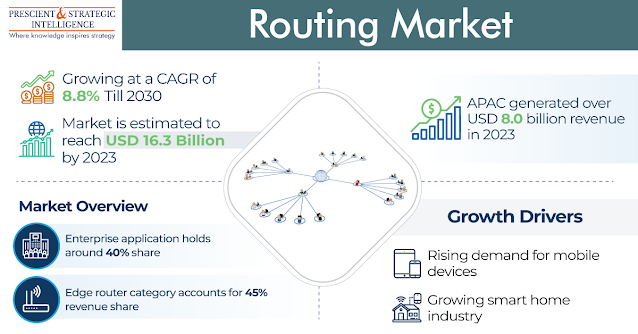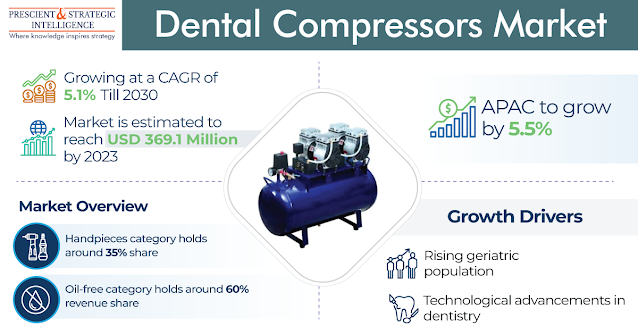In 2023, the global market value for hybrid power solutions was approximately USD 2,506.2 million. Forecasts suggest that by 2030, this figure could double, reaching around USD 5,020.3 million, with a projected compound annual growth rate (CAGR) of 10.6% during the period from 2024 to 2030.
The need for power is growing mainly because of the rising extent of industrialization. Amidst this growth, the rising focus on sustainability has increased the addition of clean sources into the present traditional power resources. This is, ultimately, encouraging expenditure for the improvement of hybrid power solutions.
In 2023, the wind–solar–fossil category is leading the industry within the segment, with a share of 35%. In the past few years, an extraordinary development in the placement of these electricity production systems has been witnessed in many emerging countries, like Indonesia, China, South Africa, and India.
This is propelled by the initiatives of the governments of such nations for rural electrification. Such systems are positioned in remote regions and places that lack grid connections. Moreover, they are utilized in installations like mining processes and telecom towers because of the same factor.
A PV–diesel hybrid system is made of several key components, like a PV system, a diesel generator, and sophisticated organization systems. Such basics work together to coordinate solar power generation with real-time power demand, therefore guaranteeing well-organized operations and power balance.
During the projection period, hybrid power solutions will continue to develop at 10.7% CAGR. These approaches are highly appreciated in areas that don’t have local electricity grid coverage based on their efficiency level. The result of this issue is the continual increase in options for sourcing power that’s reliable and eco-friendly mostly, recommended locations without central grid systems.
Many off-grid locations such as mines, telecommunications points of presence (PoPs), islands, and remote rural centers are faced with frequent challenges in providing the needed energy. As a consequence, various hybrid power is developed to meet the specialized energy requirements.
During the projection period, the APAC region is projected to lead the industry, with an income share of 55%. This growth of the region can be credited to the steps taken by governments to produce electricity using renewable sources. The industry is also driven by the growing alertness of the harmful impact of diesel generators on the atmosphere and human health. Also, in the Asia-Pacific region, numerous stakeholders are setting up separate mini-grids boosted by hybrid electricity systems to decrease transmission expenditures.
Hence, the hybrid power solutions industry is propelled by the rising GHG emissions and increasing renewable energy focus.


















